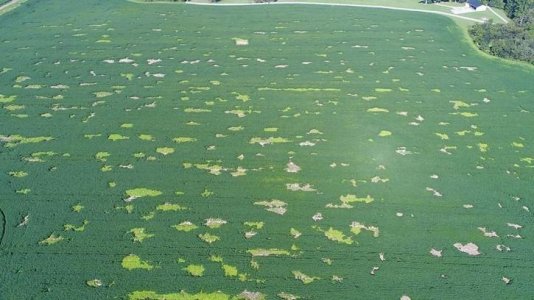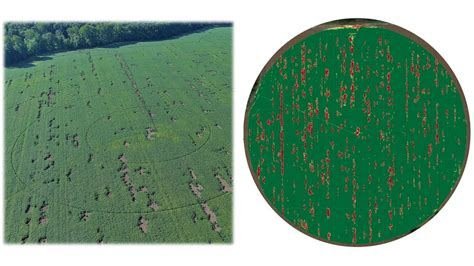greybeard
Well-known member
Sorry to pose a city person question here in forages, but Didn't know where else to put this... My "lawn' is mostly St Augustine in the front, over grown with crabgrass and common bermuda everywhere else on the premises.
I'm fine with the bermuda but need to seed some places that are bare. Bermuda, from my past experience is very hard to get established and I see lots of something called Tall Fescue seed for sale locally. I know absolutely nothing about any kind of fescue, as it was a dirty word back in East Texas where coastal bermuda and bahia reigned supreme. What is Tall Fescue and how hard is it to get established in a relatively dry hot area? Can I plant it now and hope to get it rooted before winter? (I do have a lawn irrigation system tho)
In an area where the previous owner let his dogs go poop and pee, I planted some bermuda seed and this morning I noticed something had invaded the area last night.
The coffee cup is for scale and the mound of dirt something dug out may fill 2 of those coffee cups. . Any ideas what might be down in that approx 1" diameter hole? Mouse/mole/venomous serpent...................................................itty bitty graboid?
![KIMG0370[1107].jpg KIMG0370[1107].jpg](https://data.www.cattletoday.com/attachments/23/23126-b1ffe09c518dfe36461b0ca919a05b45.jpg)
I'm fine with the bermuda but need to seed some places that are bare. Bermuda, from my past experience is very hard to get established and I see lots of something called Tall Fescue seed for sale locally. I know absolutely nothing about any kind of fescue, as it was a dirty word back in East Texas where coastal bermuda and bahia reigned supreme. What is Tall Fescue and how hard is it to get established in a relatively dry hot area? Can I plant it now and hope to get it rooted before winter? (I do have a lawn irrigation system tho)
In an area where the previous owner let his dogs go poop and pee, I planted some bermuda seed and this morning I noticed something had invaded the area last night.
The coffee cup is for scale and the mound of dirt something dug out may fill 2 of those coffee cups. . Any ideas what might be down in that approx 1" diameter hole? Mouse/mole/venomous serpent...................................................itty bitty graboid?
![KIMG0370[1107].jpg KIMG0370[1107].jpg](https://data.www.cattletoday.com/attachments/23/23126-b1ffe09c518dfe36461b0ca919a05b45.jpg)



